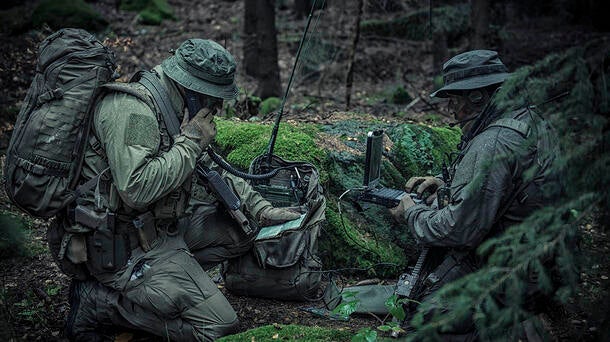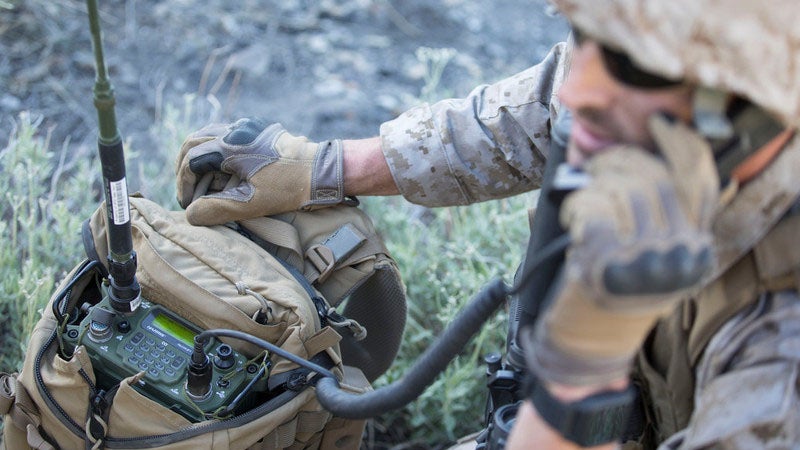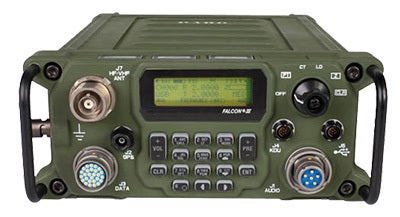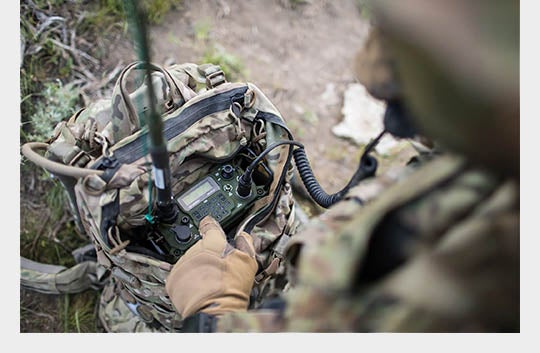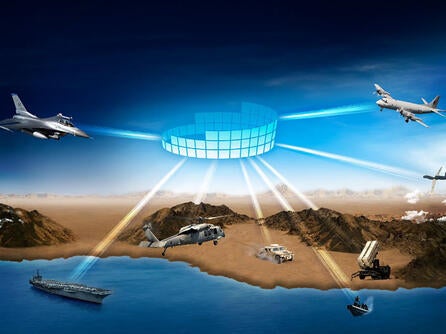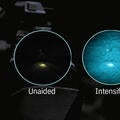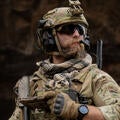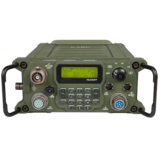Driving market demand
L3Harris recently celebrated the production of its 50,000th Falcon III radio. The company first rolled out the AN/PRC-160 manpack in 2018 and has produced 30,000 units. Production on the RF-7800H started 10 years ago, with 20,000 units delivered to date.
Falcon III HF radios are adaptable to legacy radios and accessories. Nations possessing earlier generations of L3Harris HF radios can simply add new firmware and an adapter kit to upgrade to the RF-7800H, according to Pichette.
The milestones and ever-expanding capacity of modern HF radios reflect L3Harris’ sustained commitment to pushing the development envelope, driven by customer requirements and input.
“With each iteration of an HF radio, we just continue to grow channel size capability,” said Calvasina. “Over time, we’ve gone from very low throughput and small data packages and are now looking at 24 to 48 kHz channels. It’s much wider associated throughput. Each generation or iteration continues to grow in capability.”
Finding clean channels fast
With Automatic Link Establishment (ALE) – a prominent HF radio feature – radios can optimize voice and data transmission by assessing the full spectrum and identifying the cleanest channel, with the help of advanced algorithms.
“With ALE, we have a reliable link that can negotiate channels faster,” said Pichette.
Added Calvasina: “Our HF radios can intelligently negotiate channel conditions to really give end users a more consistent and robust link. 3G ALE gives us the ability to look at the spectrum and navigate around channel interference to find the best connection, without the end user having to intervene. Utilizing contiguous wideband ALE allows even greater throughput and faster data rates over traditional narrowband channels, greatly enhancing customer’s ability to leverage common operating pictures.”
Staying silent
Both the AN/PRC-160 and RF-7800H host the Last Ditch Data (LDD) proprietary resilient waveform. LDD enables forces to stay in communications contact below the noise floor.
“LDD technology allows troops to talk with each other but where the enemy can’t hear them,” said Pichette. “They can communicate under the signal. This is a powerful capability for end users. They can stay undetected.”
Enabling PACE planning
The AN/PRC-160 and RF-7800H Falcon III manpacks support PACE planning, a methodology developed by the U.S. military to ensure resilient communications in any situation and to inform the order of communications precedence. They do so by providing sturdy, high-speed wideband and delivering voice and data across thousands of kilometers.
“Whether it’s a contested or congested environment, HF radios look at spectrum allocations and open up different parts of the RF spectrum for users,” said Calvasina. "It fits throughout the PACE plan, whether primary net, talking long distance, or in an environment with a mountain range between stations. It doesn’t rely on third-party or satellite-based methods; HF is incredibly flexible.”
Tapping unrivaled expertise and pushing ahead
L3Harris’ unmatched portfolio of advanced waveforms is a critical enabler of the advanced HF capabilities the company delivers. Continuing waveform development is a product of the company’s internal development funding and is influenced by insights gleaned from the ongoing Russia-Ukraine war.
L3Harris has taken steps to exceed current standards of communications network protection and recently issued a major firmware release supporting multiple waveform offerings, according to Calvasina.
Further, with advanced HF proving its value and military decision makers gaining insights from the Russia-Ukraine war, including across Europe, L3Harris is preparing its manufacturing capacity in anticipation of an even greater demand and associated rising operational requirements for HF. In addition, L3Harris continues to pursue innovations and evolve its product line, guided by a development roadmap informed by direct customer feedback.
